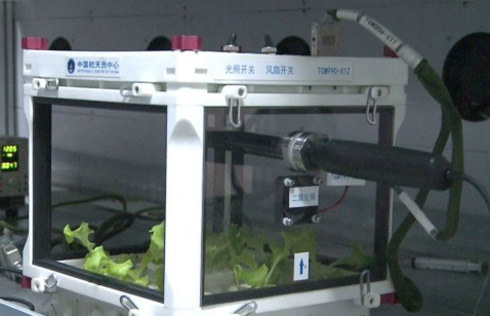Pulsar navigation satellite launched
The XPNAV-1 carries two detectors, which help determine the location of spacecraft in deep space
China launched an X-ray pulsar navigation satellite on Thursday morning, according to the China Satellite Navigation Office.
The XPNAV-1, developed by the China Academy of Space Technology, was sent skyward at 7:42 am atop a Long March 11 solid-fueled rocket from the Jiuquan Satellite Launch Center in Northwest China, the office said in a statement.
The satellite operates in a sun-synchronous orbit and will conduct in-orbit experiments using pulsar detectors to demonstrate new technologies, the statement said.
It weighs more than 200 kilograms and carries two detectors, according to the academy.
Shuai Ping, a chief designer of the satellite at the academy, said that X-ray pulsar navigation is an innovative technology in which periodic X-ray signals emitted from pulsars are used to determine the location of a spacecraft in deep space.
During its mission, the satellite will test the detectors' functions in responding to the background noise of the universe, outline pulsar contours and create a database for pulsar navigation, the academy said.
It added that X-ray pulsar navigation will help reduce the spacecraft's reliance on ground-based navigation methods and is expected to achieve autonomous spacecraft navigation in the future.
Current ground-based navigation methods are limited by the time delay between spacecraft and Earth. However, for certain types of pulsars, called "millisecond pulsars", pulses of radiation occur with the regularity and precision of an atomic clock. As a result, in some scenarios, pulsar X-rays can take less time to estimate a location. This leads to more precise measurements of a spacecraft's location.
Because X-rays from pulsars are absorbed by the atmosphere, scientists have to launch satellites to continue research into the new technology, according to the academy.
The launch of the XPNAV-1 is the latest move in China's efforts to build a large space network of scientific satellites.
China has previously launched three scientific satellites, including the world's first quantum experiment satellite and a dark-matter particle explorer satellite.
Researchers at the Chinese Academy of Sciences are also developing four space-based scientific projects: the Solar Wind Magnetosphere Ionosphere Link Explorer; the Water Cycle Observation Satellite; the Einstein Probe; and the Magnetosphere, Ionosphere and Thermosphere Program.
In Thursday's launch, the Long March 11 rocket also lifted a Lishui-1 commercial remote-sensing satellite, which was developed by the privately owned Zhejiang Liya Electronic Technology Co Ltd.
The company plans to build a constellation of up to 120 commercial satellites to obtain images of Earth and data to serve business purposes, said Zhang Liling, chairwoman of the company. She did not elaborate on the project, citing the firm's commercial confidentiality policy.
Wang Jianmeng, a satellite expert in Beijing, who worked for the space authorities for many years, said that the government should encourage more participation from private sectors in commercial space business to ensure the sustainable growth of the nation's space industry.
























